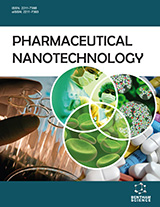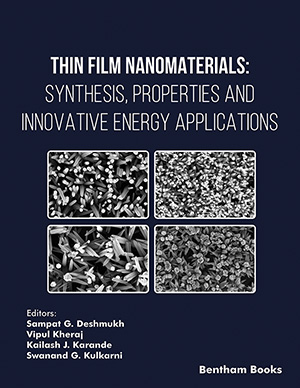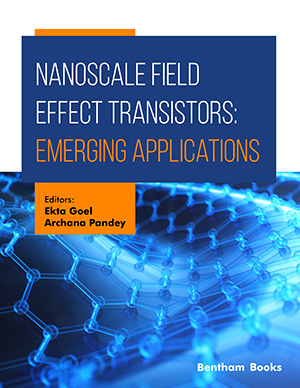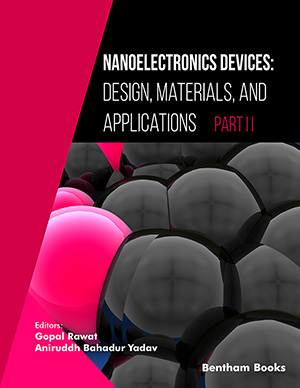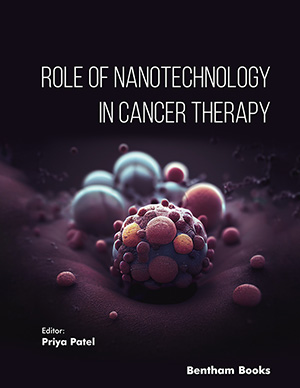
Abstract
Optical nano-phenomena are defined in the field of nanotechnology for nano-metric architectures and nanostructural devices. A short mini-review of the latest books is presented. The definitions of nano-photonics and nanofocusing are determined. An integrated optical scheme of the obtained near-field nanofocusing probe is discussed. Optical aspects of the nanofocusing recording probes are examined. Aberration conditions of the optical head intended for a higher-density disk memory are considered. The residual and technological aberrations are presented. The obtained optical configurations are shown using ray-trace modeling and wave-optics analysis. The nanofocused spot is computed as 25 nm for a vertical cavity surface emitting laser (VCSEL) beam of 8 μm and the far-field diffraction limit is calculated as 150 nm for a microlens diameter of 13 μm. The nanofocused spots from 20 nm at the geometrical limit and up to 130 nm at the diffraction size have been obtained using two-layer anti-reflection coating on both surfaces of the fabricated microlens structure. The optically integrated arrayed nanofocusing device is presented. The optical power density is compressed more than 1000 times to the exact nanofocused spot in comparison with the energy of the input VCSEL micro-beam. Nano-optical, bio-optical and nano-medicinal devices are underlined.
Keywords: nanofocusing lenses, microlens array, optical memory, integrated nano-devices, nano-medicine, nano-robots
Current Nanoscience
Title: Nanofocusing Devices Development and Nano-Medicine
Volume: 1 Issue: 3
Author(s): Ivan D. Nikolov
Affiliation:
Keywords: nanofocusing lenses, microlens array, optical memory, integrated nano-devices, nano-medicine, nano-robots
Abstract: Optical nano-phenomena are defined in the field of nanotechnology for nano-metric architectures and nanostructural devices. A short mini-review of the latest books is presented. The definitions of nano-photonics and nanofocusing are determined. An integrated optical scheme of the obtained near-field nanofocusing probe is discussed. Optical aspects of the nanofocusing recording probes are examined. Aberration conditions of the optical head intended for a higher-density disk memory are considered. The residual and technological aberrations are presented. The obtained optical configurations are shown using ray-trace modeling and wave-optics analysis. The nanofocused spot is computed as 25 nm for a vertical cavity surface emitting laser (VCSEL) beam of 8 μm and the far-field diffraction limit is calculated as 150 nm for a microlens diameter of 13 μm. The nanofocused spots from 20 nm at the geometrical limit and up to 130 nm at the diffraction size have been obtained using two-layer anti-reflection coating on both surfaces of the fabricated microlens structure. The optically integrated arrayed nanofocusing device is presented. The optical power density is compressed more than 1000 times to the exact nanofocused spot in comparison with the energy of the input VCSEL micro-beam. Nano-optical, bio-optical and nano-medicinal devices are underlined.
Export Options
About this article
Cite this article as:
Nikolov D. Ivan, Nanofocusing Devices Development and Nano-Medicine, Current Nanoscience 2005; 1 (3) . https://dx.doi.org/10.2174/157341305774642920
| DOI https://dx.doi.org/10.2174/157341305774642920 |
Print ISSN 1573-4137 |
| Publisher Name Bentham Science Publisher |
Online ISSN 1875-6786 |
Call for Papers in Thematic Issues
Advanced Inorganic Nanocomposites and their Emerging Applications
This special issue will highlight developments in the recent trends in the synthesis of metal oxides, nanoclusters, biomaterials, 2D nanomaterials, nanocrystals, nanocomposites, etc., and their applications in electrochemical systems, tissue regeneration, energy storage and harvesting, sensors, etc. The novelty of the methods in the chemical synthesis, as well as their ...read more
Advanced Nanotechnology in Forensic Science: Revolutionizing Fingerprint Identification and Crime Scene Analysis
This special issue aims to provide a comprehensive exploration of the innovative fusion between nanotechnology and forensic science. It aspires to bridge the gap between traditional investigative techniques and cutting-edge nanoscale applications, envisioning a paradigm shift in forensic analysis. By compiling the expertise of multidisciplinary experts, the book's objectives include ...read more
Graphene and 2D Materials for Energy Storage and Conversion.
This thematic issue will discuss the recent advances in graphene-based nanomaterials for different energy technologies. Graphene possesses a high surface area, and stable structure and exhibits many interesting electronic, optical, and mechanical properties due to its 2D crystal structure. Graphene is of both fundamental interest and suitable for a wide ...read more
Nanopathology; A Promising Approach for Targeted Cancer Treatment
Cancer is the most challenging diseases in treatment worldwide. Recently, the nanotechnology opened the gate for targeting the cancer as a promising therapy. The small size and exceptional properties of nanoparticles give it several advantages for easily targeting of cancerous cells. Furthermore, this advantage allows them to easily penetrate deeply ...read more
Related Journals
 17
17
- Author Guidelines
- Graphical Abstracts
- Fabricating and Stating False Information
- Research Misconduct
- Post Publication Discussions and Corrections
- Publishing Ethics and Rectitude
- Increase Visibility of Your Article
- Archiving Policies
- Peer Review Workflow
- Order Your Article Before Print
- Promote Your Article
- Manuscript Transfer Facility
- Editorial Policies
- Allegations from Whistleblowers
Related Articles
-
Small Non-Coding RNAs as Novel Therapeutics
Current Molecular Medicine Histone Deacetylase Inhibitors: Recent Insights from Basic to Clinical Knowledge & Patenting of Anti-Cancer Actions
Recent Patents on Anti-Cancer Drug Discovery Mesoporous Materials and Nanocrystals for Enhancing the Dissolution Behavior of Poorly Water-soluble Drugs
Current Pharmaceutical Biotechnology Emerging Role of Apelin as a Therapeutic Target in Cancer: A Patent Review
Recent Patents on Anti-Cancer Drug Discovery Environmental Risk Assessment of Clinical Trials Involving Modified Vaccinia Virus Ankara (MVA)-Based Vectors
Current Gene Therapy Magnetic Resonance-Based Metabolomics for Understanding Neurological Disorders: Current Status and Statistical Considerations
Current Metabolomics The Evidence for Automated Grading in Diabetic Retinopathy Screening
Current Diabetes Reviews Microfluidic Paper-based Device for Medicinal Diagnosis
Current Topics in Medicinal Chemistry Macronutrient Intake and Distribution in the Etiology, Prevention and Treatment of Osteosarcopenic Obesity
Current Aging Science Safe and Effective Delivery of Amphotericin B: A Survey of Patents
Recent Patents on Nanotechnology Berberine: A Fluorescent Alkaloid with a Variety of Applications from Medicine to Chemistry
Mini-Reviews in Organic Chemistry Modification Strategies of Lipid-Based Nanocarriers for Mucosal Drug Delivery
Current Pharmaceutical Design Retinal Ganglion Cell Gene Therapy and Visual System Repair
Current Gene Therapy Applied Proteomics in Companion Animal Medicine
Current Proteomics Novel In Situ Activity Assays for the Quantitative Molecular Analysis of Neurodegenerative Processes in the Retina
Current Medicinal Chemistry α,β-Acetylenic Amino Thiolester Inhibitors of Aldehyde Dehydrogenases 1&3: Suppressors of Apoptogenic Aldehyde Oxidation and Activators of Apoptosis
Current Medicinal Chemistry The Non-Canonical IκB Kinases IKKε and TBK1 as Potential Targets for the Development of Novel Therapeutic Drugs
Current Molecular Medicine Resveratrol in Cancer Therapy: From Stimulation of Genomic Stability to Adjuvant Cancer Therapy: A Comprehensive Review
Current Topics in Medicinal Chemistry A Review: G-Quadruplex’s Applications in Biological Target Detection and Drug Delivery
Current Topics in Medicinal Chemistry Biophysical Characterization of Antimicrobial Peptides Activity: From In Vitro to Ex Vivo Techniques
Current Protein & Peptide Science







